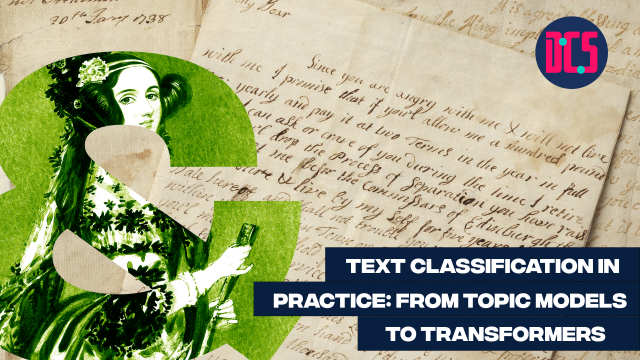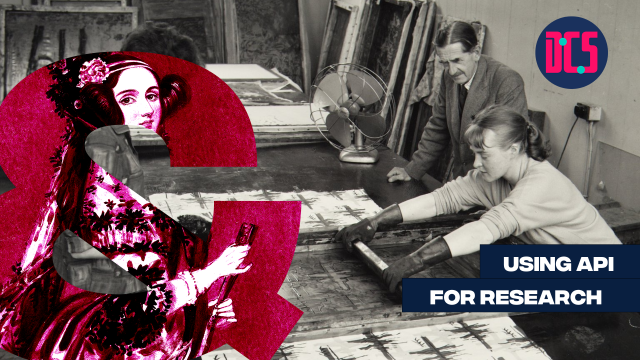Visualizing your Data Using R
This practical workshop serves as an introduction to programmatic data visualization. Access to quality data has considerably improved in the humanities and social sciences, along with computational tools and resources to deal with big datasets. However, along with big data comes the question of how to make the information accessible – to the researcher looking at the data, to the reader of an academic paper that has made use of the data, but also to the media or the interested lay person browsing the website of a project.
Staring at large tables, XML trees or text files of millions of words is rarely useful. Visualization of some aspects or summary statistics of a given dataset is the obvious immediate remedy, but static figures often too fall short of providing an informative overview and only provide selective views of the data.
This workshop teaches participants the basics of R, an immensely powerful and flexible language for data analytics and visualization. We will quickly go through just enough of the programming and explorative data analysis basics before diving into a variety of graphs - for numeric, categorical, textual, and network data, starting with simple static plots and moving on to creating interactive, animatable, multifunctional figures. We will also look into how to embed such app-like plots into a website, your next conference slides, or into teaching materials. We will be making heavy use of popular packages such as ggplot2, quanteda, plotly, and other HTML widgets. By the end of the workshop, you will know how to choose a suitable visualization for a given data type, and how to execute it either via traditional static plotting methods or the interactive alternatives.
Prior programming experience is not required; participants will need to use their own laptops (software installation instructions will be sent ahead of time).
The workshop will be hosted on Blackboard Collaborate - participants will receive joining instructions in advance of the event.












